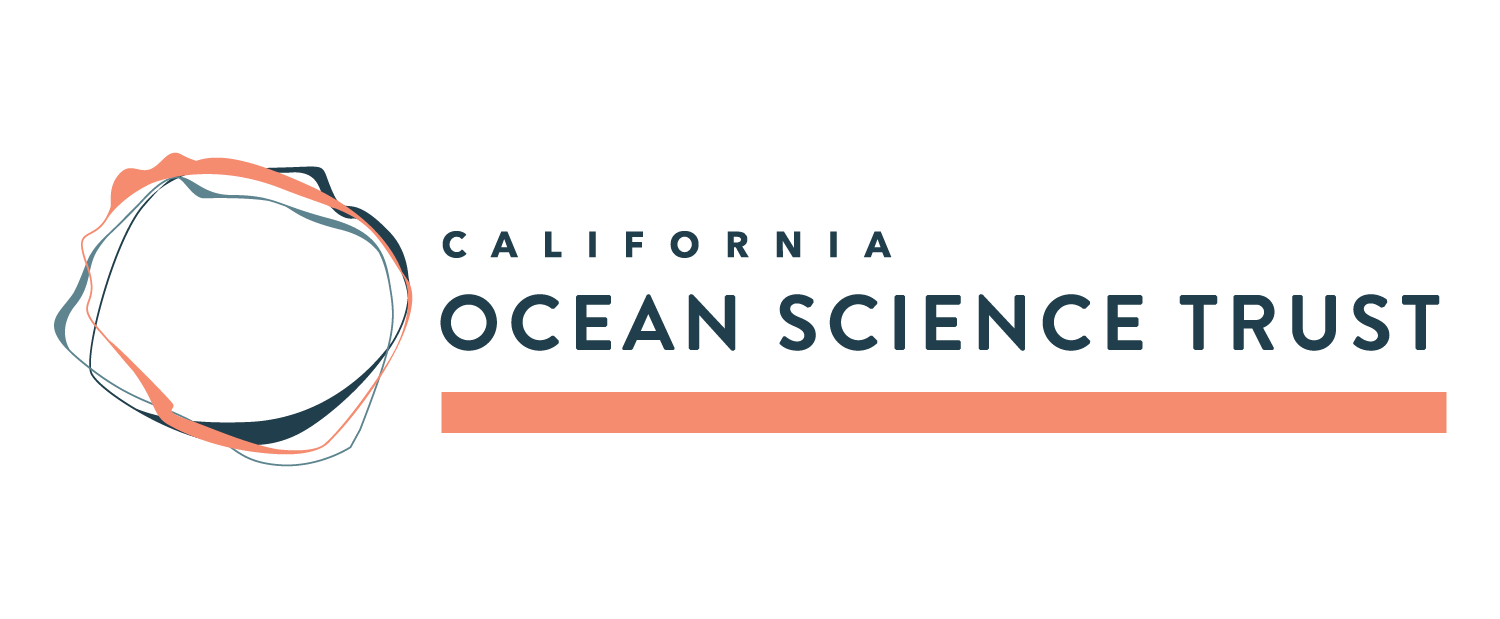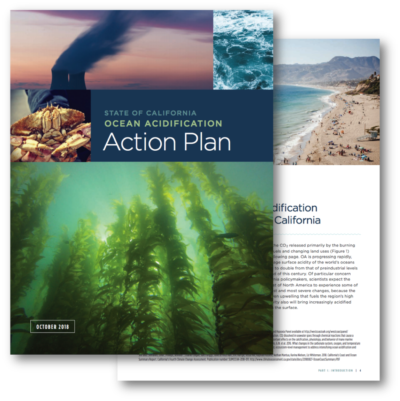Developing Recommendations to Support Implementation of California's OA Action Plan
In 2018, the State of California Ocean Acidification Action Plan (Action Plan) was adopted by the Ocean Protection Council, continuing California’s bold leadership on climate change, articulating a 10-year vision for addressing ocean acidification and a series of pragmatic actions to work towards that vision. The California Ocean Acidification and Hypoxia Science Task Force (the Task Force) provided scientific and technical input and reviewed the draft plan for scientific feasibility. The Task Force also developed a science strategy (Appendix 5), summarizing the research that will be necessary to support full implementation of the Action Plan within the next five years.
The Task Force developed the following recommendations to provide a tractable set of near-term research priorities to jump-start capacity building for OA management in California:
- Identify the pattern of OA exposure in California, its progression, and the locations where the earliest and most detrimental changes in ocean chemistry will occur
- Characterize the vulnerability of marine life, habitats, and ecosystems of interest to California stakeholders
- Quantify the societal and economic consequences of OA
- Characterize OA’s contribution to coastal ecosystem impacts in relation to other stressors
- Identify where local pollution control actions will most effectively slow local acidification rates
- Explore how to maximize carbon reduction through natural and constructed living systems
- Develop the scientific foundation for managers to set ecologically protective water quality targets for OA
- Evaluate the use of existing management tools to preserve, support, and enhance the resilience of fisheries and ecosystems in the face of intensifying OA



